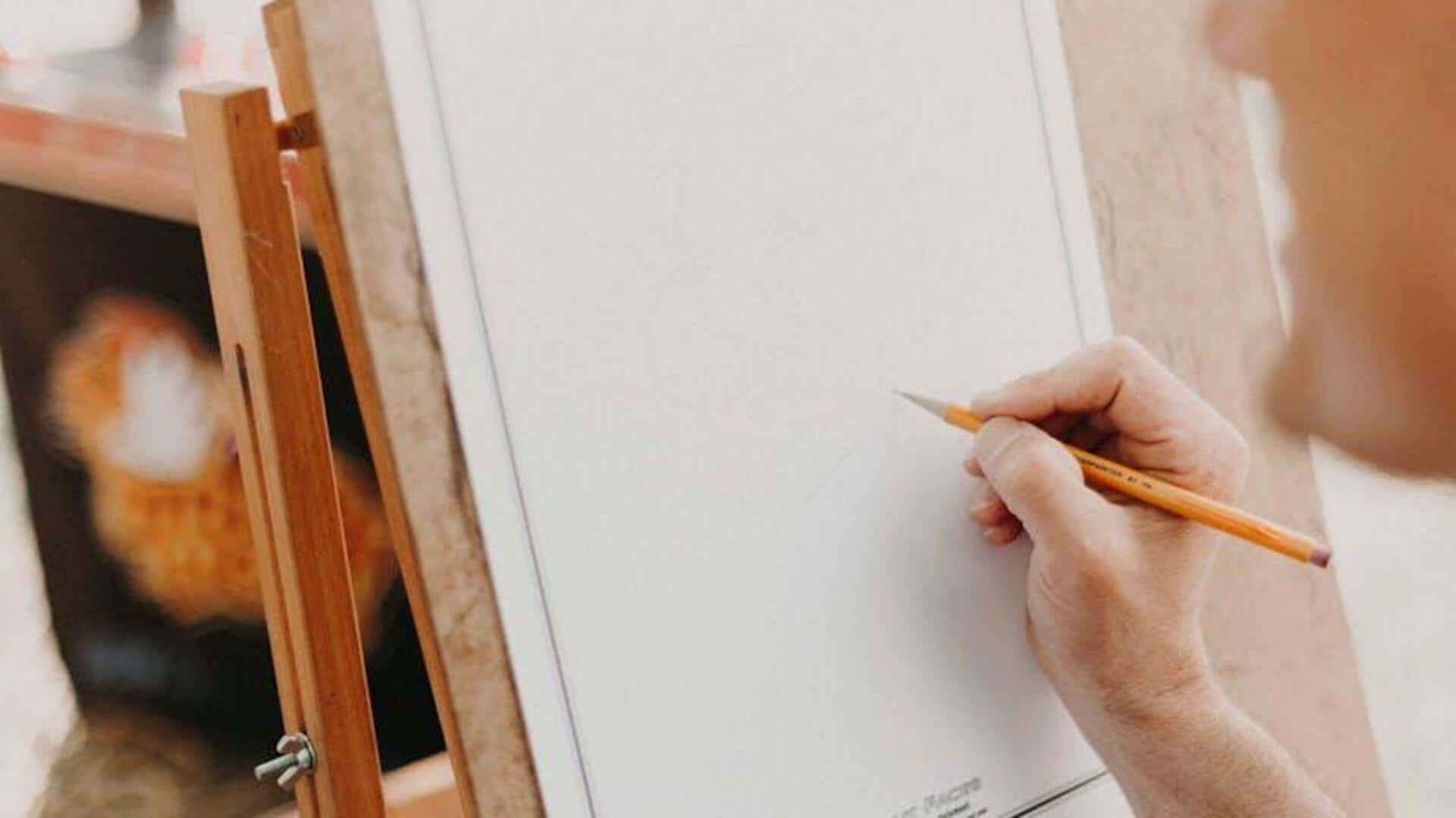
Perfect your sketching: 5 exercises for flawless drawings
What's the story
Architectural sketching is a core skill demanding precision and control.
The ability to accurately translate visions onto paper strengthens work quality and fosters better communication with clients and colleagues.
This article delves into five-finger coordination exercises aimed at honing sketching skills. It emphasizes enhancing dexterity, strength, and control for more accurate architectural drawings.
Grip and movement
Pencil control drills
Pencil control is key to achieving neat, precise lines in architectural sketches.
By practicing simple drills like drawing straight lines, circles, and ellipses freehand (without a ruler), you can greatly improve hand steadiness.
Start with light pressure for faint lines, then gradually increase force for darker shades.
This exercise strengthens muscle memory and control over pencil pressure, which is essential for creating varied line weights in sketches.
Strength building
Finger strengthening exercises
Weak finger muscles can result in wobbly lines and lack of precision in your sketches.
Doing finger strengthening exercises regularly can significantly help.
Squeezing a stress ball or using grip strengtheners for just five minutes a day can build up your finger endurance and stability, resulting in smoother and more confident strokes.
Coordination enhancement
Hand-eye coordination activities
Improving hand-eye coordination is essential for architects to accurately transfer complex architectural ideas onto paper.
Participating in simple exercises like playing catch or even juggling can greatly improve this coordination.
These activities require a high level of timing and spatial awareness, directly translating to improved accuracy in hand movements during sketching.
By incorporating these exercises into their daily routines, architects can enhance their sketching accuracy through improved coordination.
Wrist mobility
Flexibility exercises for the wrist
A flexible wrist enables you to draw longer lines or curves without lifting the pencil, as it increases the range of motion.
Stretching exercises, including wrist rolls and flexes, can help eliminate stiffness and enhance mobility.
Daily practice of these stretches allows for smooth and fluid movement across the paper, a crucial aspect of producing dynamic sketches with ease.
Real-world observation
Practice drawing from life
Sketching from life is a powerful way to improve your drawing accuracy by training your hand-eye coordination.
Dedicate time to draw random objects around you or landscapes from different perspectives.
This will not only sharpen your observational skills but also push your hand to adjust to different shapes and contours quickly.